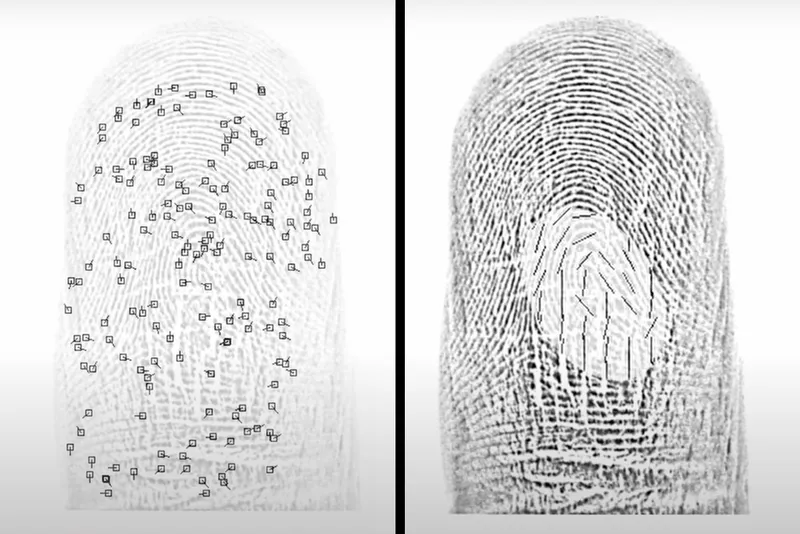A new AI has pointed to a surprising discovery: your fingerprints aren’t so unique after all.
Well, at least when compared to each other. It has been long believed that the prints from different fingers of the same person are one of a kind – that your index finger’s print shares little resemblance to your ring fingerprint.
This belief about ‘intra-person fingerprints’ being unique has had a huge impact on forensic science. For instance, if a perpetrator left prints from different fingers at separate crime scenes, it would be difficult for police to link them to one person.
However, a new ‘deep contrastive network’ artificial intelligence built by scientists at Columbia University, could leave a big mark on future crime scenes. After training it on a database of 60,000 fingerprints, the researchers discovered they could predict if any two prints were from the same person with 77 per cent accuracy.
This figure would rise even higher if the AI was fed other fingerprints from the same hand – a breakthrough the researchers say could potentially increase current forensic efficiency by more than tenfold.
“Just imagine how well this [AI] will perform once it’s trained on millions, instead of thousands of fingerprints,” said Aniv Ray, Columbia engineering senior.
Dr Hod Lipson, who oversaw the study, said: “If this information tips the balance, then I imagine that cold cases could be revived, and even that innocent people could be acquitted.”
So, what did the AI spot that had been missed for decades by forensic scientists? Unlike traditional fingerprint comparisons, the AI did not focus on similarities in ‘minutiae’, the branchings and endpoints in fingerprint ridges. Instead, it honed on the angles and curvatures of the swirls and loops in the centre of the fingerprint.

“Many people think that AI cannot really make new discoveries–that it just regurgitates knowledge,” Lipson said. “But this research is an example of how even a fairly simple AI, given a fairly plain dataset that the research community has had lying around for years, can provide insights that have eluded experts for decades.”
Although the prints on your fingers may not be so different from each other after all, they are very unlikely to be shared by another person. In fact, the likelihood of two people sharing identical fingerprints is estimated to be less than one in 64 billion. This means it would likely take more than a million years for two people with identical fingerprints to appear by chance in Scotland Yard’s fingerprint database.
Identical twins also have unique prints. This is because the ridges on your fingers aren’t only determined by your DNA, but also how you develop as a foetus. Umbilical cord length, position in the womb, blood pressure, nutrition and the rate of finger growth all play a role.
Gorillas, chimpanzees and koalas are some of the animals found to have unique prints.
Read more: